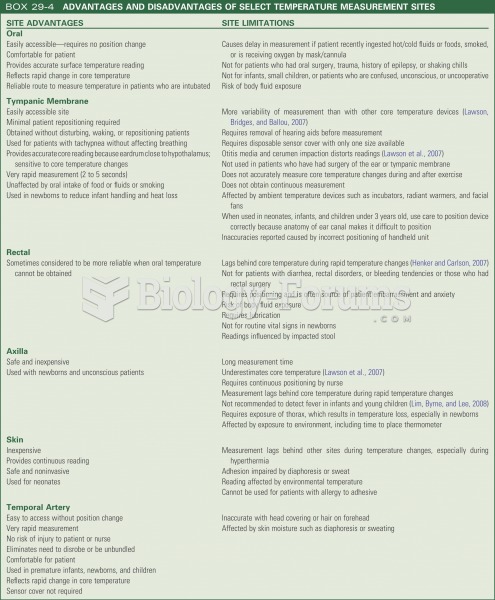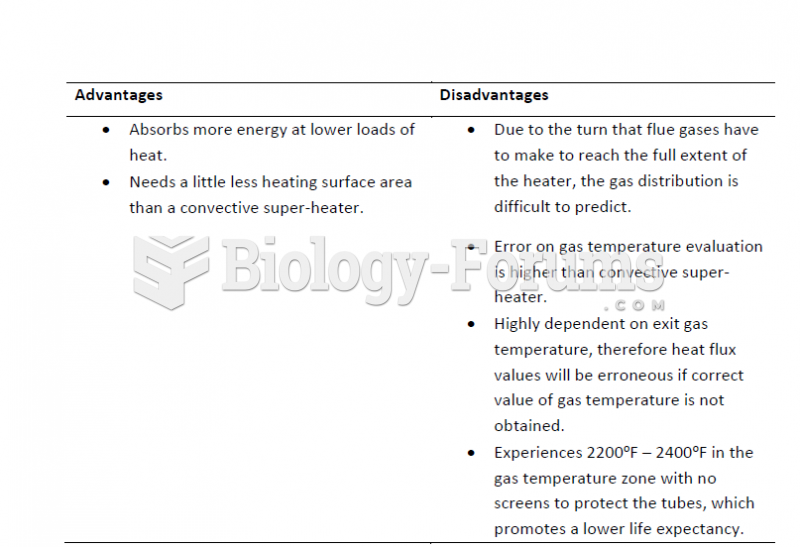Answer to Question 1
Generation I was the earliest reactors developed in the 1950s and 1960s; few are still in operation. The majority of today's reactors are Generation II vintage, the large baseline power plants, of several designs. Generation III refers to new designs with passive safety features and much simpler, smaller power plants; among them the so-called advanced light-water reactors (ALWRs). The Generation III designs are also smaller so that heat is conducted outward into the soil; in this manner, the reactors could not incur a core meltdown. Generation IV plants, initiated by the U.S. Department of Energy, are now being designed and will likely be built within the next 20 years. One example of a Generation IV reactor is the pebble-bed modular reactor (PBMR), which will feed spherical carbon-coated uranium fuel pebbles gradually through the reactor vessel, like a gum-ball machine. The PBMR will be cooled with fluidized helium, an inert gas, which will also spin the turbines. These reactors will be small, will produce about 160 MW of power, and are expected to be cheap to build, passively safe, and inexpensive to operate. The modules can be built in a factory and shipped to the location of the power plant.
Answer to Question 2
A passive safety system might make a power plant safer. This involves engineering devices and structures that make it virtually impossible for the reactor to go beyond acceptable levels of power, temperature, and radioactive emission; their operation depends only on standard physical phenomena, such as gravity and resistance to high temperatures.
Terrorism is a potential threat. General consensus is that a jetliner could not penetrate the very thick walls of the containment vessel protecting the reactor. It could, however, destroy the control building and bring on a loss-of-coolant accident. Even worse, every power plant has a spent-fuel storage pool containing at least as much highly radioactive material as the nuclear core. These pools are not at all as heavily protected as the reactor vessel. If a pool lost its water, the fuel could heat up and cause a fire that could release greater amounts of cesium-137 than the Chernobyl accident, according to an NRC report.







